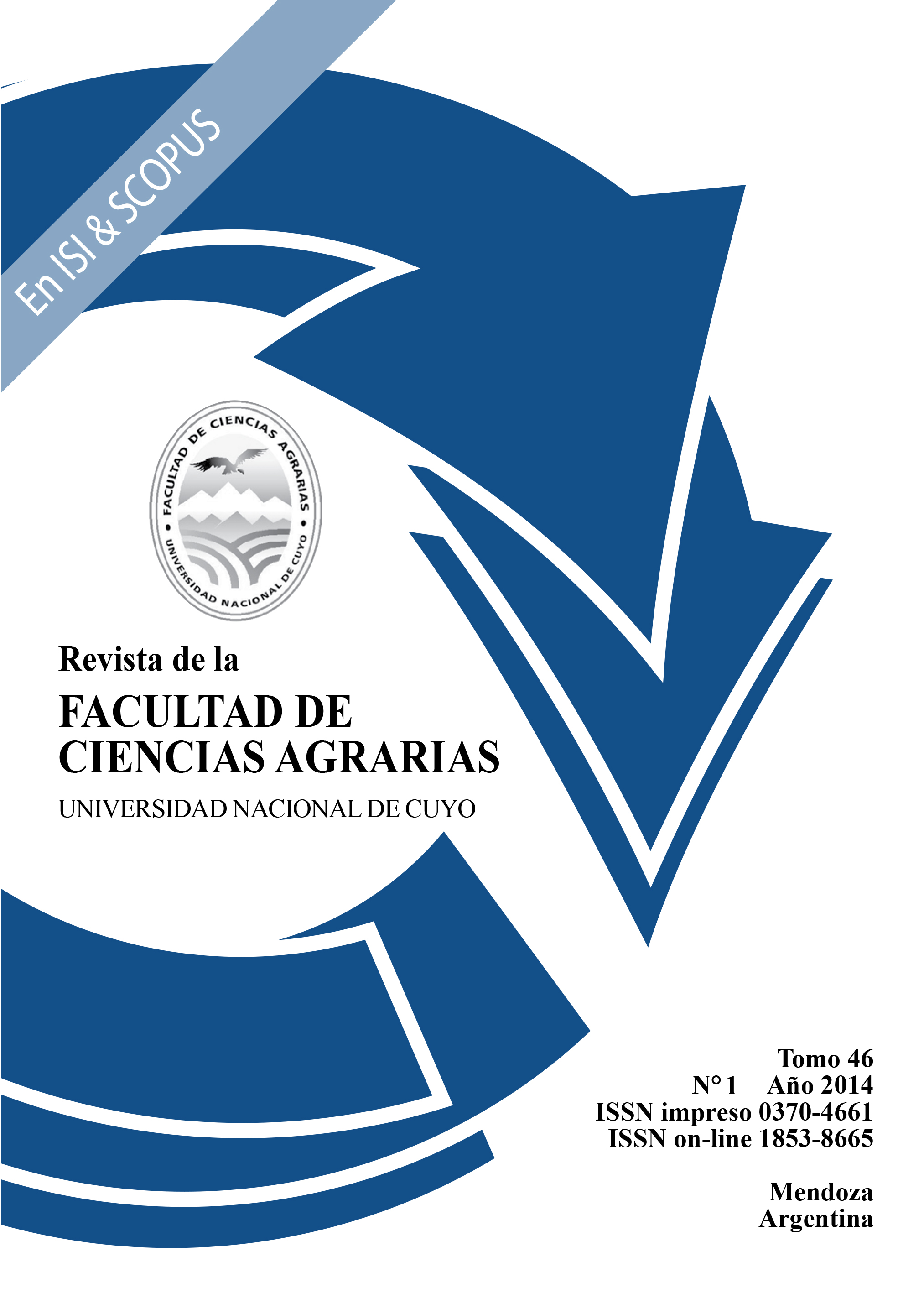Modelización espacial de huevos de Thrips (Thysanoptera: Frankliniella occidentalis) en tomate de cáscara por medio de técnicas geoestadísticas
Palabras clave:
tomate de cáscara, Thrips, TSWV, distribución espacial, krigeadoResumen
El tomate de cáscara (Physalis ixocarpa Brot.) es un cultivo alimenticio de gran importancia económica en México. Sin embargo, es afectado por diversas plagas y enfermedades tales como los Thrips (Thysanoptera: Frankliniella occidentalis) y el virus de la marchitez manchada del tomate (TSWV) que llegan a causar hasta un 80% de pérdidas. El objetivo del presente trabajo fue modelizar la distribución espacial de huevos de Thrips mediante técnicas geoestadísticas y obtener, en consecuencia, mapas de incidencia por medio del Kriging. Se georreferenciaron 121 puntos de muestreo en cada una de las parcelas comerciales de los municipios de Luvianos, Jocotitlán e Ixtlahuaca, a través del método de transectos en tres etapas fenológicas del cultivo. Se contabilizó el número de huevos de Thrips en cada punto de muestreo. Los resultados mostraron que las poblaciones de huevos deThrips presentan una distribución agregada, identificándose varios centros de conglomeración a través de los mapas obtenidos. Los semivariogramas obtenidos de la distribución espacial se ajustaron principalmente a los modelos gaussianos y esféricos. La distribución de huevos de Thrips se presentó en centros de agregación dentro de las parcelas estudiadas, lo cual permitirá establecer estrategias y medidas de control o mitigación en términos de sitios específicos de infestación de huevos de Thrips.
Descargas
Publicado
Número
Sección
Licencia

Esta obra está bajo una licencia internacional Creative Commons Reconocimiento-NoComercial-CompartirIgual 3.0.
Aquellos autores/as que tengan publicaciones con esta revista, aceptan las Políticas Editoriales.




